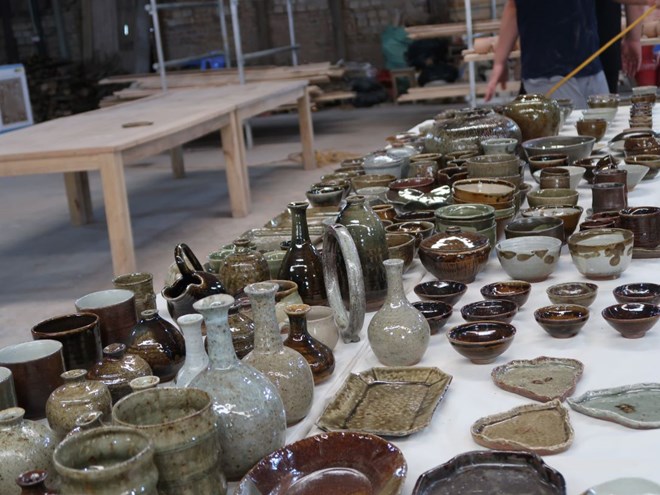
Small but powerful
The Phu Lang pottery village (Que Vo district, Bac Ninh province) was recognized as a National Intangible Cultural Heritage in 2016, renowned for its large-sized glazed pottery products such as jars, vases, incense burners, and altars. However, the income of Phu Lang potters is still low compared to other pottery-making areas in the North. Furthermore, in Phu Lang and surrounding areas, the pottery industry is undergoing industrialization, with the use of gas kilns replacing traditional wood-fired kilns. This poses a risk of the traditional handcrafted pottery making craft gradually fading away and disappearing in the not-too-distant future.
On the other hand, although the number of tourists visiting the pottery village has increased, the number of unique, high-quality, and affordable souvenir products remains very limited. Meanwhile, high-value, high-quality products and services for the upper class are an inevitable trend in the Vietnamese market.
Recognizing this reality, within the framework of the Japan International Cooperation Agency (JICA) Development Partnership Program, Onimaru Setsuzan Kamamoto Company and Toho Village of Japan collaborated with the People's Committee of Phu Lang Commune and the People's Committee of Que Vo District to implement a 3-year project to develop pottery making in Phu Lang Commune, starting in August 2021.
Mr. Tsuchimoto Amane, representative of the JICA office in Vietnam, said that artisans in Phu Lang commune have mastered traditional pottery production techniques combined with modern Japanese styles, improving their income while enhancing resource efficiency. A joint production workshop with a traditional Japanese-style pottery kiln has been established in Phu Lang pottery village. 80 pottery artisan trainees from Phu Lang commune and other localities across Vietnam were selected for training at the craft village. 14 artisans were selected as outstanding among these 80 trainees.
Over the past three years, there has been an increasing number of exquisite, small-sized ceramic products aimed at both domestic and international consumers. This saves on clay and firewood, while also commanding higher prices and providing better income for those involved in the craft.
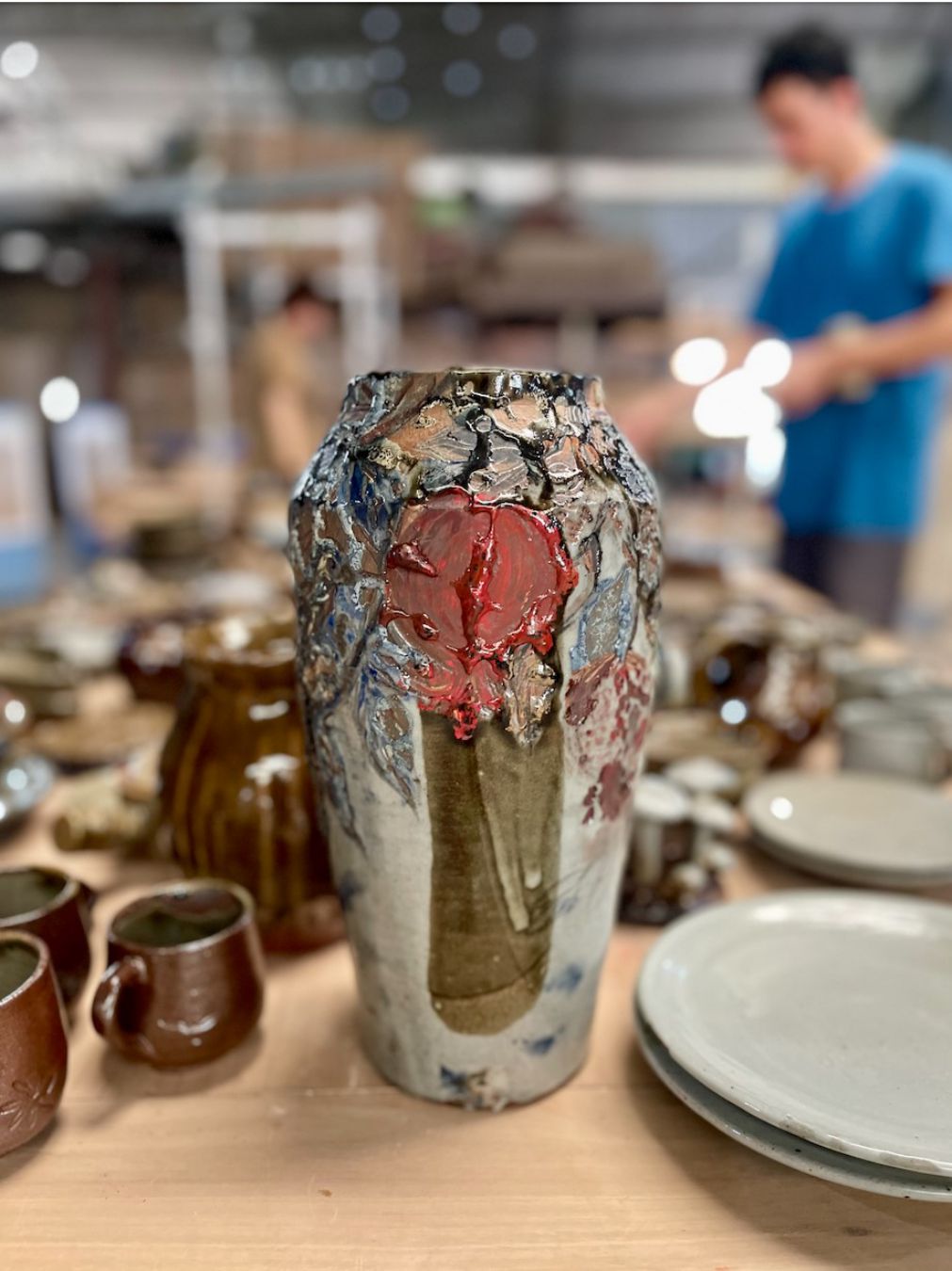
Living with a passion for pottery.
The couple Bui Van Huan and Truong Thi Hong Thuong are two of the early-rising 9X generation ceramic artists from Phu Lang pottery village. As a native of Phu Lang, Huan's love for pottery grew with him throughout his childhood. Huan graduated from the Hanoi University of Industrial Fine Arts, majoring in traditional fine arts and ceramics. Since then, he has continued to work with pottery and created his own brand, Huan Pottery.
Huân could talk about pottery all day without getting bored. He always aspires to create many beautiful products bearing the essence of Vietnamese craftsmanship to satisfy his passion and spread his love for handcrafted pottery and unique Vietnamese ceramics to everyone. Huân follows tradition, making handcrafted pottery but requiring high technical skill and an emotional connection to deliver the highest spiritual value.
“When I look at a handcrafted product, I can sense the emotions of the craftsman – whether they are hurried, impatient, or leisurely. Therefore, I always add stories to each shape, line, and pattern of the product, because any mark on the raw work carries its own meaning. And the elements that elevate the value of handcrafted products are emotion, technique, and creativity,” Huân shared.
Huan and Thuong are also two trainees participating in the Japanese project. Through the project, Huan learned additional techniques from Japanese artisans, gaining a more multifaceted perspective, from technical skills to the raw or refined beauty of products created from clay, from the soul of a potter.
As for Thuong, being taught by renowned ceramics experts from Japan has helped her mature and learn many techniques from a country with a strong ceramics industry. Thuong loves the cultural exchange in ceramics between Vietnam and Japan, but she always focuses on the unique identity in each product and aims to develop ceramics in that style.
For Huân and Thương, pottery making allows them to live out their passion and make a living from their craft. “We are currently behind the rest of the world, but if we focus well, we can become leaders in handcrafted pottery in the future. Our goal is to create a unique mark for the Phù Lãng pottery village, as well as a personal mark, to transform the country's resources into products that everyone recognizes as Vietnamese pottery, and when they see those Vietnamese pottery products, they will recognize the unique glaze of Phù Lãng and know it's Huân pottery,” Huân expressed.
For Hoang Thuy, pottery came to her unexpectedly. Thuy decided to end her fashion design career after 12 years in Ho Chi Minh City. Since participating in the project, Thuy has met and felt the passion and love that Japanese teachers have for pottery, which awakened a strong love for pottery within her. Experiencing simple happiness with pottery, Thuy found joy and was able to be herself in this new field. Thuy believes she can make a living from pottery. "It won't be too early or too late for me to dedicate the good things to myself, to pottery, little by little each day," Thuy confided.
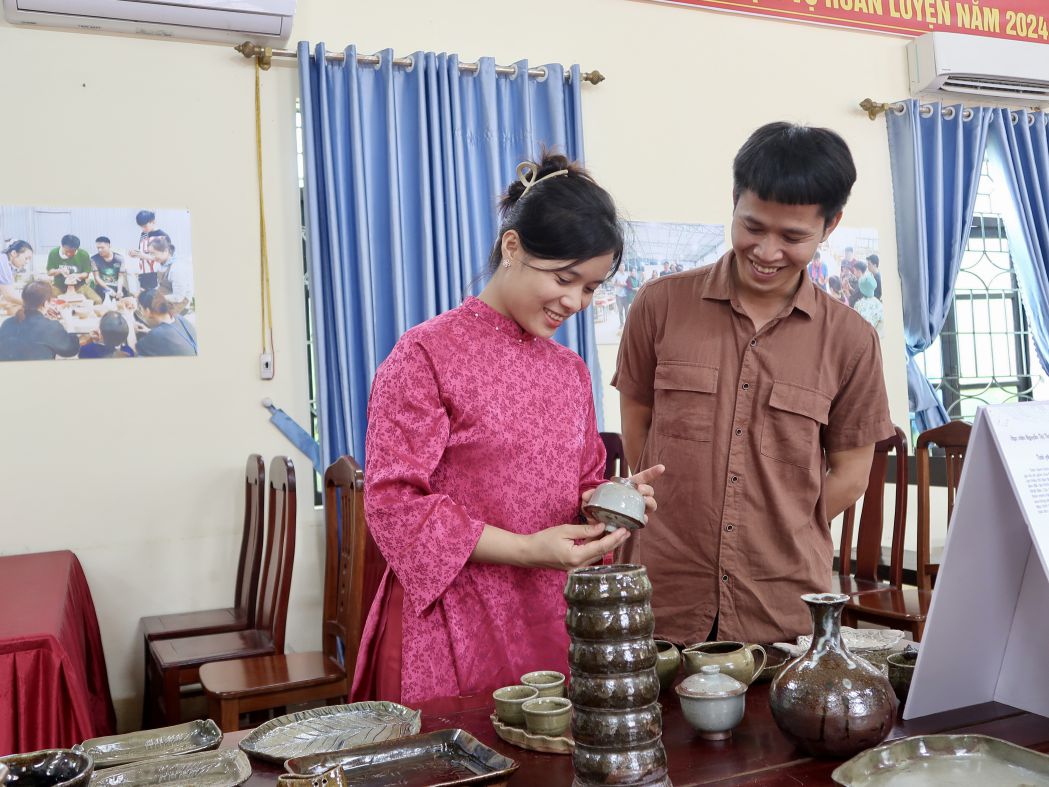
Phu Lang captivates Japanese artisans.
The rich natural environment, high-quality pottery materials, and friendly people are the main reasons why Japanese pottery artist Yusuke Onimaru decided to settle in Phu Lang pottery village. With funding from JICA, Mr. Onimaru and his colleagues came to Vietnam to help the villagers diversify their pottery products and gain experience in developing sustainable tourism through the Phu Lang pottery village development project.
After graduating from Osaka University of the Arts, Mr. Onimaru stayed on as a lecturer for a while before returning to his hometown to inherit his and his father's pottery workshop. His most notable products are tea ceremony cups, which he supplies to famous temples in Japan, including some offered to the Emperor. His products have also traveled to many places around the world and are highly regarded for using natural materials.
He explained that he chose Phu Lang because the pottery craft there still retains many traditional elements, not using machinery, and still using wood-fired kilns to fire pottery. "Vietnam has many good places, but I chose the one that is suitable," he said.
According to Mr. Onimaru – as his students affectionately call him – the most important thing for Phu Lang is that in the future, its natural beauty and cultural features must be preserved, because once lost, they cannot be recovered. In addition, the traditional pottery village will benefit tourism development in the future. He recounted that, around the world and even in Japan, pottery making is becoming increasingly "mechanized," but handcrafted products, including those from Phu Lang, are still particularly favored by consumers.
Mr. Onimaru's village of Toho and Phu Lang village share many similarities; both are small craft villages with close-knit people, so even when he visited Phu Lang, he still felt a sense of familiarity, like being at home.
What artisan Onimaru is most concerned about is helping traditional craft villages like Phu Lang not to disappear, and he hopes to establish Phu Lang as a major pottery center not only in Vietnam but also renowned worldwide.
Source: https://laodong.vn/lao-dong-cuoi-tuan/thap-lua-thoi-hon-tinh-hoa-vao-gom-phu-lang-1374894.ldo






![[Photo] Prime Minister Pham Minh Chinh attends the Conference on the Implementation of Tasks for 2026 of the Industry and Trade Sector](/_next/image?url=https%3A%2F%2Fvphoto.vietnam.vn%2Fthumb%2F1200x675%2Fvietnam%2Fresource%2FIMAGE%2F2025%2F12%2F19%2F1766159500458_ndo_br_shared31-jpg.webp&w=3840&q=75)






















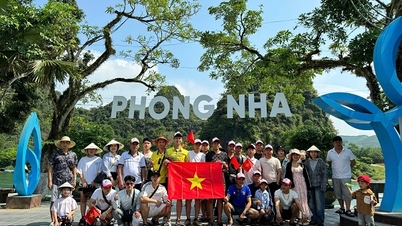
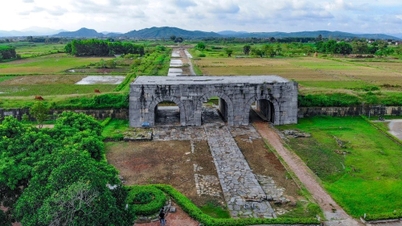


































































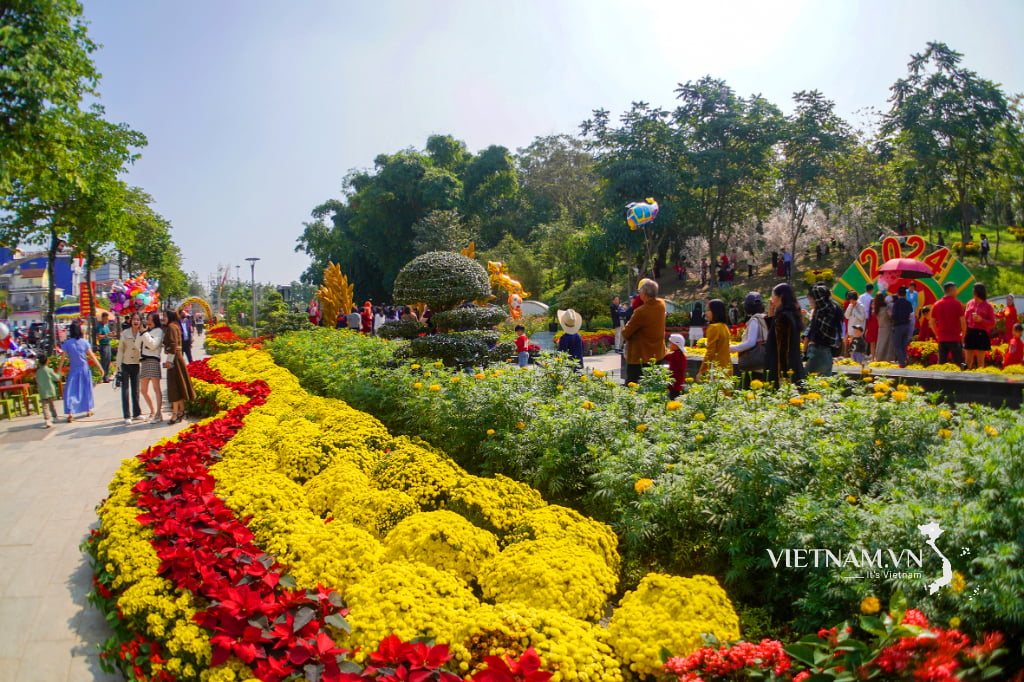
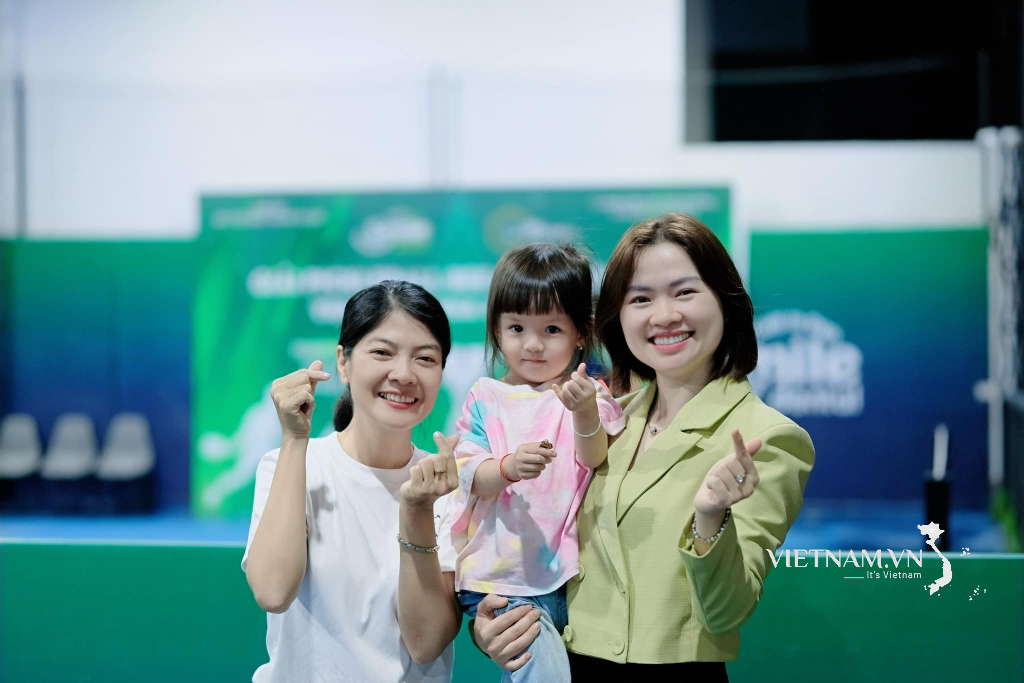
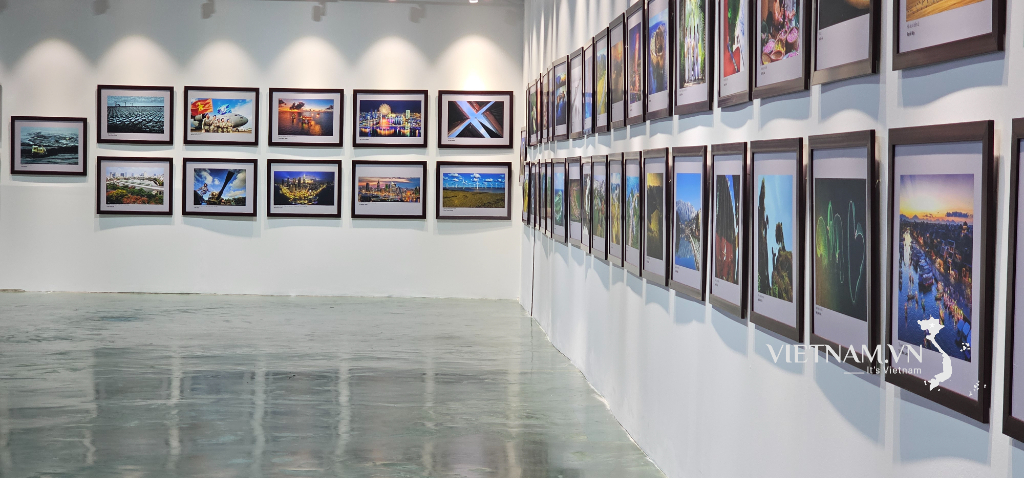

Comment (0)